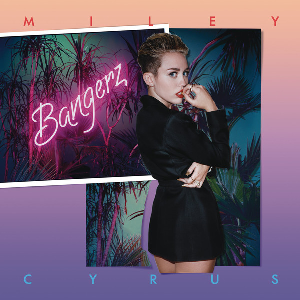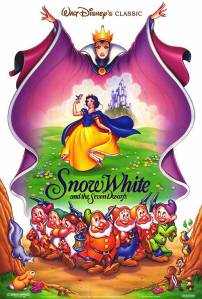Lana Del Ray/Born to Die
By Haley Twist
With the release of Lana Del Rey’s Born to Die, America has yet another glimpse into the life of a troubled young starlet. Going a different route from what the country has seen with Lindsay Lohan’s DUIs and Paris Hilton’s sex tape, Del Rey’s poetic lyrics paints the picture in a less in-your-face — and more instructive — way.
A self-made music video of Del Rey’s first single, “Video Games,” went viral in 2012, exposing the singer’s love for grainy vintage film clips and deep, throaty vocals. It was after this when infatuated YouTubers and music bloggers demanded more from the self-described “gangsta Nancy Sinatra.”
But when Born to Die debuted late last year, harsh remarks surfaced about the winged-eyeliner-clad musician, with most of the criticism coming from mainstream music websites like Rolling Stone and Pitchfork. Del Rey’s songs are mostly melancholy indie pop tunes that tell the tales of those longing for something or somebody they have lost.The reviews spoke of Del Rey’s depressing melodies and warned listeners that her messages were out-of-touch with modern America.
Maybe it was the dark lyrics that turned off these listeners, or Del Rey’s perverse notions. But the album is pure, deeply-rooted Americana, and is truthful about what often lies behind the locked doors and underneath the fake smiles of today’s youth: what the singer calls “the dark side of the American dream.”
Backed with soft synthesizers and string instruments, Del Rey’s choice words encapsulate her in the rawest form through the entirety of the album. She exposes her thoughts with no regret, telling the world her darkest secrets. Her blunt confessions, “I wish I was dead” and “I don’t want to wake up from this tonight,” offer a sanctuary for those who, as bluntly as the musician, have an equally messed up way of looking at things.
We hear the singer’s unsettling introspection in “Off to the Races,” a favorite of audiences at live shows because of the song’s rare upbeat rhythm. But while it’s a fast-paced song with sultry vocals over an excited synthesizer, the lyrics are another example of Del Rey’s disturbing thoughts. She begins with low, mature vocals and delicately sings about a girl with intoxicating affection for someone she calls her “old man” who loves her “with every beat of his cocaine heart.” While this could be a twisted father-daughter relationship, the lyrics hint that the song could also be about a young prostitute, as she talks about collecting “gold coins” for her pimp.
At its core, “Off to the Races” depicts a dependency on a father figure, which could be Del Rey’s way of working out daddy issues of her own with a father who sent her to boarding school at the age of 14. Although in an interview with Grandland, Del Rey hints that these issues she so often sings about could simply be a part of her persona.
As the album progresses, Del Rey appears more and more unstable. Almost as if she is changing her mind as the songs come and go, Del Rey primarily insists that she has gotten everything she ever wanted before coming to the wavering semi-conclusion that her fame is meaningless without those she has loved and lost.
In “Radio,” the singer ironically flaunts a look-at-me-now attitude with the lyrics, “Now my life is sweet like cinnamon, like a fucking dream I’m living in.” On “Without You,” she claims “Everything I want I have: money, notoriety and Rivieras. I even think I found God in the flash bulbs of the pretty cameras.” More a tearful cry for help than a statement about her success and independence, she sounds like she is trying to convince herself of these claims.
Even with those self-assuring lines and the many times she refers to her life as “paradise” throughout the album, she contradicts herself by saying, “They think that I have it all, I’ve nothing without you.”
Because the tracks express the depression of the musician behind them, Del Rey’s messages throughout the album are not out-of-touch at all, but instead highlight the raw aspects of youth and young adulthood that so many are ashamed of. Not every relationship is perfect, as enforced by the singer’s sad lullabies.
Del Rey’s melodies not only express her depressions with life and love, but also those of people all over the country. And that’s the honest take on American young life that makes Born to Die a hit.


You must be logged in to post a comment.